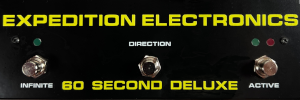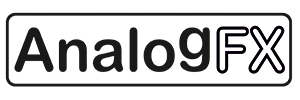Showing posts sorted by date for query Travis Kennedy. Sort by relevance Show all posts
Showing posts sorted by date for query Travis Kennedy. Sort by relevance Show all posts
Tuesday, November 19, 2024
Making Pinged Kick Drums with Toppobrillo Multifilter 2
video upload by Travis Kennedy
"*HEADPHONES OR HIGH QUALITY SPEAKERS RECOMMENDED*
How to patch a kick drum with the Toppobrillo Multifilter 2:
1. Patch a gate or trigger to the Ping input of the filter. You can monitor any output but I use the Variable mode output.
2. Set the resonance to at least 12 o’clock but no higher than 3 o’clock. More resonance = more sustain
3. Set the frequency below 10 o’clock or to taste.
4. Patch either the low pass, band pass, or high pass outputs to the Mode CV input. Attenuvert to taste. This can add some phase modulation and increases harmonics.
5. Send a decay envelope to the FM input. Attenuate to taste.
6. Ignore the filter inputs and gain knob.
Notes:
Envelope generated from a Toppobrillo Sport Modulator 2 with a linear shape.
I prefer taking the output from the Variable output because of the additional tone shaping available, but you can use any output for this patch. It can also be fun to experiment with using multiple outputs and processing them differently."
Thursday, September 19, 2024
Exploring the Mutable Rings Reverb Patch
video upload by Travis Kennedy
"Rings is still one of the most well known modules in all of Eurorack. The problem: I don’t think enough people are exploring its resonator audio input. This input opens up a world of processing options, including using Rings like a reverb. Or a delay. Or even a flanger.
Here is my attempt at giving people a different patch to try with Rings.
Basic Rings Reverb Patch:
Send sound sources to Rings input (use it like a send effect)
Frequency at minimum
Damping from 4-5 o’clock (max out for “infinite” reverb)
Structure, brightness, and position to taste (I like to start at noon)
Treat the even and odd outputs like a stereo output
This video is not intended to be a guide. It’s more of a patch exploration with a few small bits of wisdom that I feel are worth sharing scattered throughout.
Do I think Rings is worthy of being the only reverb in a system? No.
But this patch does get new sounds out of a module that many people have already. And it sounds cool, especially in a sparse mix."
Chapters:
0:00 Intro
0:12 Basic Patch Setup
0:30 Sound Example 1
2:35 Tip 1 Strum In Dummy Cable
2:46 Tip 2 Negative Offset to Frequency In
3:15 Sound Example 2
4:30 Sound Example 3
5:33 Tip 3 Brightness CV for Accent Control
5:45 Sound Example 3
7:04 Sound Example 4
8:23 Tip 4 Western Chords Mode
8:35 Sound Example 5
9:35 Tip 5 Modal Synthesis Mode
9:49 Sound Example 6
10:30 Sound Example 7
11:06 Sound Example 8
13:03 Sound Example 9
Thursday, August 15, 2024
Toppobrillo Cluster - Eurorack Utility Module
Demo video upload by Travis Kennedy
"Patch guide to the Toppobrillo Cluster - a 257-inspired Eurorack Utility Module
Thanks to Toppobrillo for sponsoring this video!
Chapters:
0:04 Intro
2:00 XY Channel Overview
2:49 XY VCA
3:30 XY Ring Mod
4:32 XY AND Logic
4:52 AB Channel Overview
5:45 AB Crossfading Gate Sequences
6:46 AB Bipolar to Unipolar Modulation
7:24 AB OR Logic
7:55 Z Channel Overview
8:20 Z Offset Generator
8:39 Z Attenuverter
9:23 XY Ring Mod, AB Ducking, Z Attenuation
10:40 Multichannel Amplification
11:12 Multichannel Bipolar LFO to Attenuated Unipolar LFO
11:57 Multichannel Mixing
12:36 Multichannel AM Thru RM
13:37 Outro"


"Cluster is our take on the workflow of the versatile Buchla 200 series control-voltage processor- model 257- with some marked improvements and options. Missing is the cool equation, but we kept some arrows and replaced the variables with LEDs :) We've also added a voltage-controlled “polarizer” (4 quadrant multiplier), an extra processing / mixing channel and routing options that make it an extremely flexible and more compact tool for the dense Eurorack environment..
Cluster is a precision 8HP processing toolbox that can sit anywhere in a system. It has 3 independent sections that can be used individually or taken as a whole. Up to 4 signals can be mixed and there is also a complementary sum output. Potentiometers are center-detented for easy tactile centering. Signal path is high bandwidth, low noise and low offset- and is well-suited for both audio and control signals.
Each section can be used independently vis-a-vis independent outputs and a subtractive normalization scheme- This means if you need to grab a crossfader (or just use it as a VCA/ ducker) it’s there, and you’ve still got the polarizer (XY) and another processing channel (Z) mix to work with.
XY (polarizer channel)
The top section is a voltage-controlled “polarizer” or more accurately, a four quadrant multiplier.. It multiplies two signals, “X” and “Y” . The X(Y) output is the product of these two sources. Unpatched, the Y input is normalized to an offset voltage, and thus will act as a standard processing channel when unpatched, giving X*1 when fully CW and X*-1 fully CCW. Patching a source into the Y INPUT defeats this normalization, and the “Y AMT” knob will now scale (multiply) the source patched into Y, giving Y*1 when fully CW and Y*-1 fully CCW. This is useful in that it allows the top section to be easily patched as a standard VCA with a positive going CV. A bicolor LED indicates output amplitude and polarity.
A->B (crossfader channel)
The middle section is a linear crossfader. The knob and A->B CV input sum, and select A to B and anywhere in between.
The ‘REF’ toggle, when engaged, routes a selectable offset to INPUT A’s normalization- This allows you to use the crossfade channel as a voltage "mirror", for instance. LEDs indicate the relative crossfade position.
Z (attenuverter/ offsetter channel)
The bottom section is simply another processing channel with an offset normalled to it’s input, acting as a manual offset control when unpatched. Patching into Z defeats this normalization, and Z AMT knob will now multiply the Z input, giving Z*1 when fully CW and Z*-1 when fully CCW. A bicolor indicates output amplitude and polarity.
SUM OUTPUTS
There are two SUM outputs, “∑” and the complementary “-∑” . The SUMs are a summation of the three processing sections. Patching any of the three sections’ outputs independently removes them from the SUM outputs. This scheme allows for flexibility using the channels independently, for example, using Z as an offset voltage someplace in a patch- as well as prevents loopback issues when patching Cluster back into it's self- if, say, for instance you wanted to use XY as a ring-mod and send it to one of the crossfade inputs to have a VCA'd ring-mod, or vice-versa, you won't be adding XY to the SUM twice."
Tuesday, May 23, 2023
Toppobrillo Multifilter 2 Eurorack Filter Demo
video upload by Travis Kennedy
"The Multifilter 2 is a redesign of Toppobrillo's state variable filter from the previous decade. This filter design provides a 12db/oct LP and HP plus a 6db/oct BP and Notch filter. New to this version is a dual input with manual crossfading, dedicated Ping input, and a variable mode output with CV control and switchable filter frequency tracking. There is also a jumper on the back panel for soft clipping on the input circuit (which I use throughout this video).
0:00 Intro
0:04 Rapid Fire Sound Clips
0:27 Module Description
1:12 Lowpass Filter Sweeps
1:55 Bandpass Filter Sweeps
2:20 Highpass Filter Sweeps
2:40 Lowpass Feedback
3:21 Bandpass Feedback
3:40 Highpass Feedback
4:00 Acid Bass Patch 1
5:24 Multi-Output Patch
6:08 Acid Bass Patch 2
6:51 Drum Sample Processing
8:41 More Drum Sample Processing
9:28 Noise Processing
10:41 Wind Simulation
11:30 Mono to Stereo Patch1
12:47 Mono to Stereo Patch 2
13:22 Filter Pinging with Noise
13:52 Filter Pinging with FM
15:15 Kick/Bass Patch 1
16:02 Distorted Kick Patch
16:19 Kick/Bass Patch 2
17:21 Ambient Arpeggios
18:53 Pinged Sequence with VC Feedback"
HOME
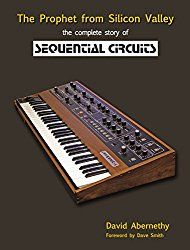



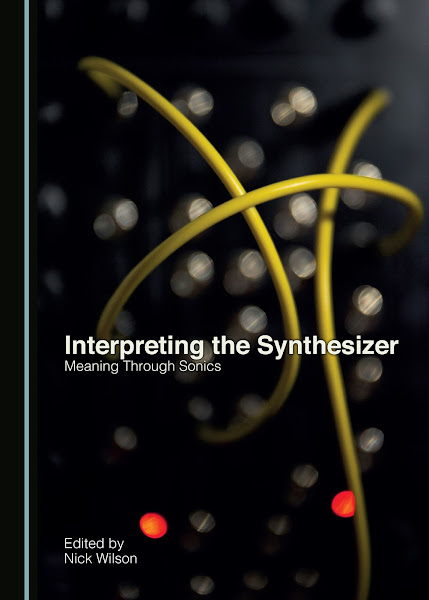
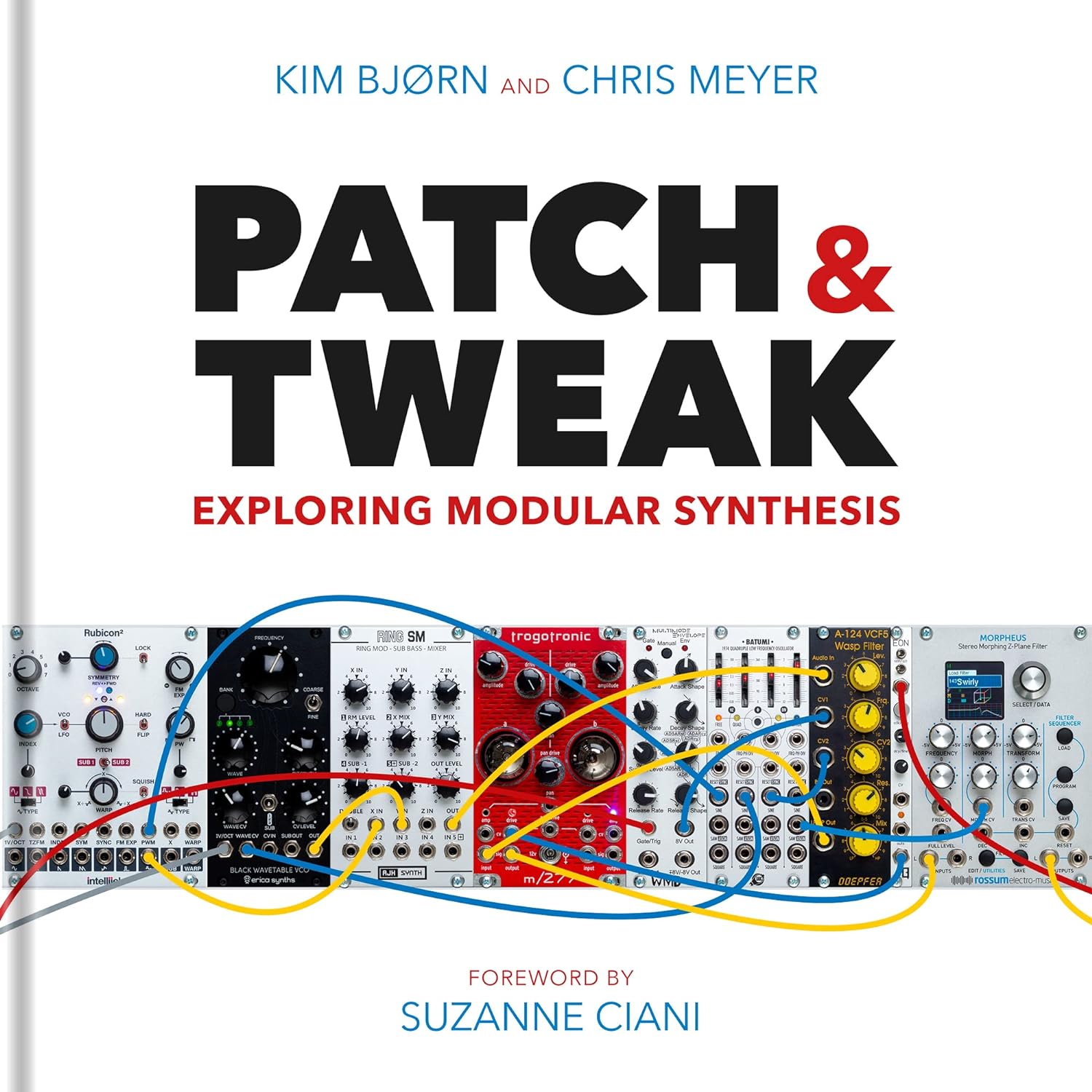

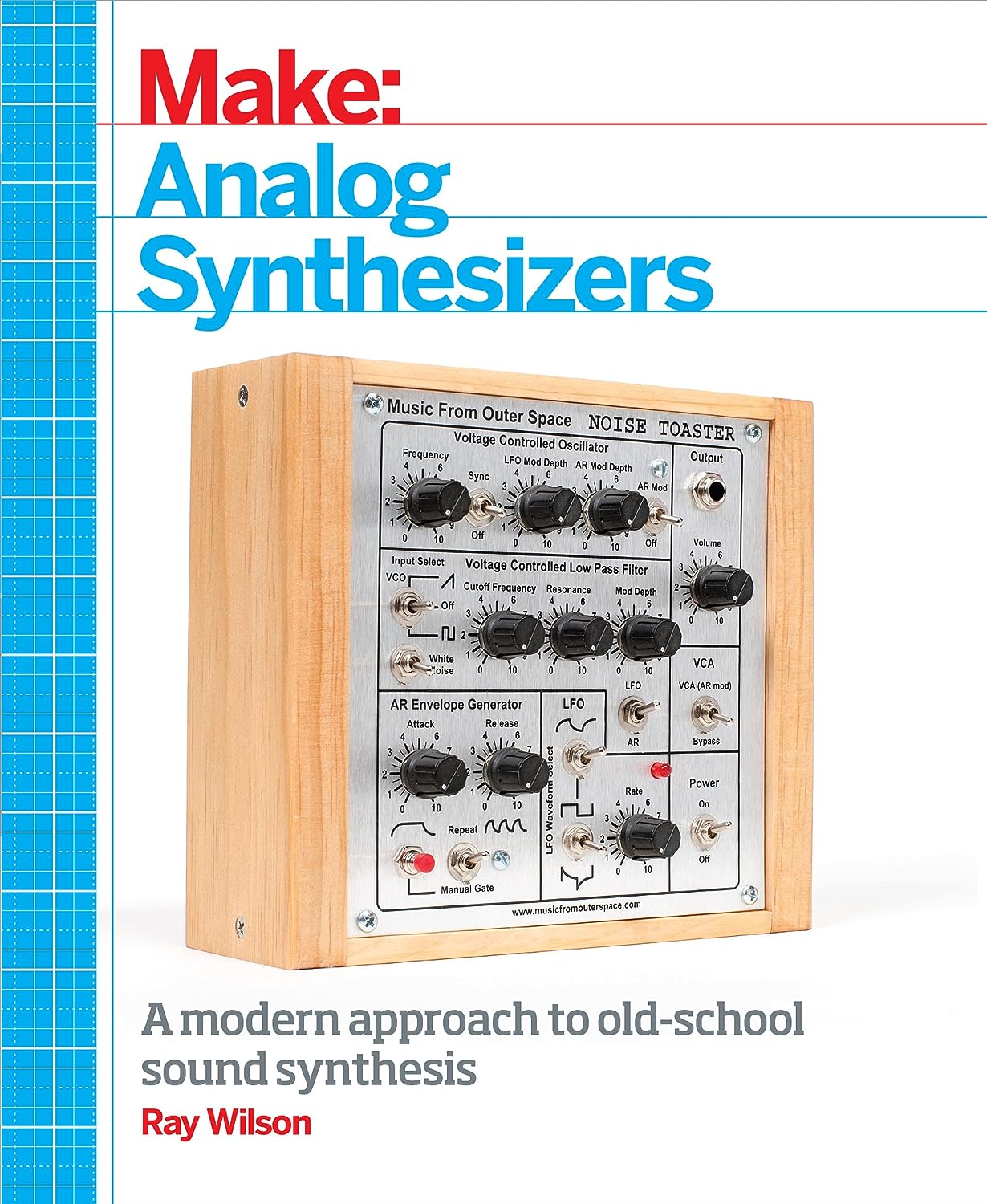

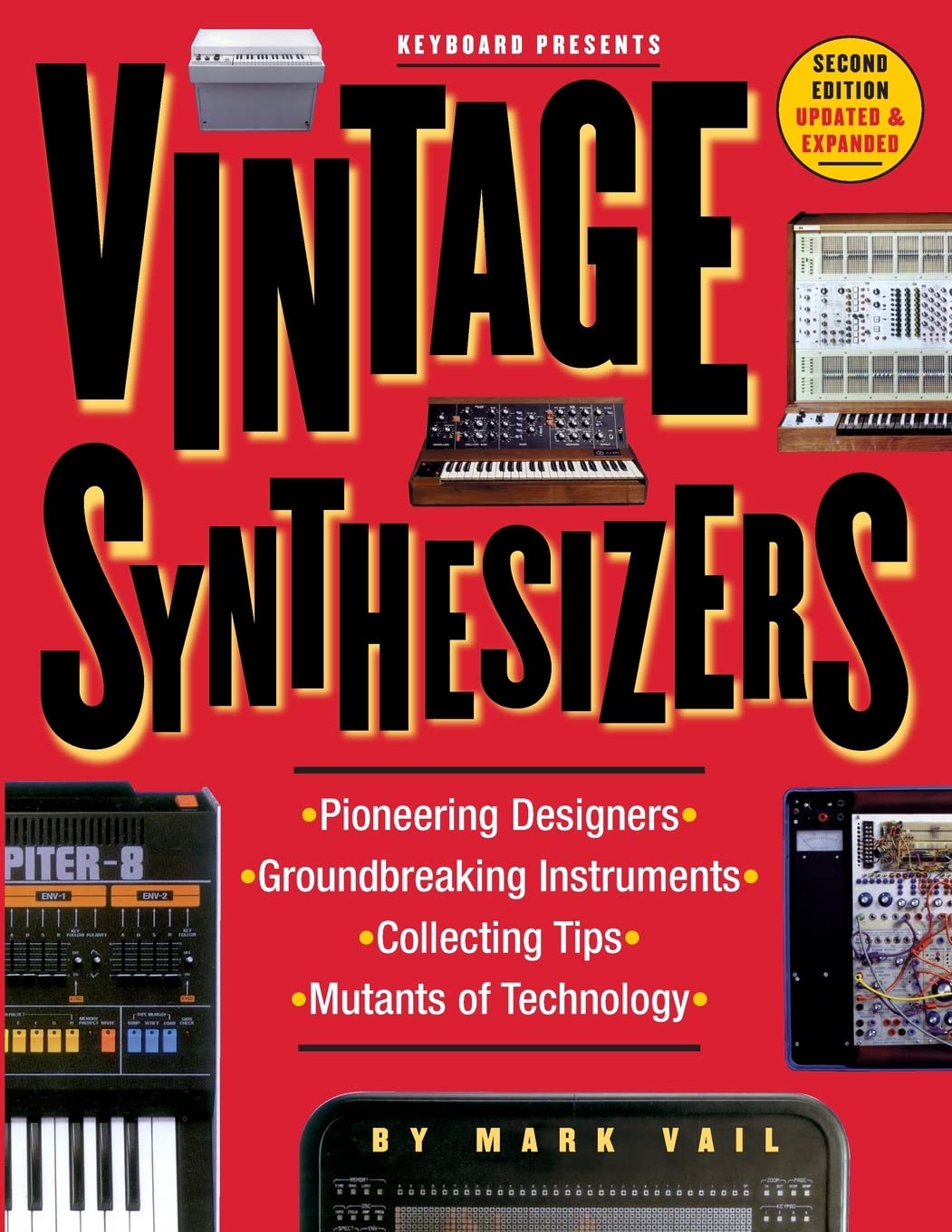
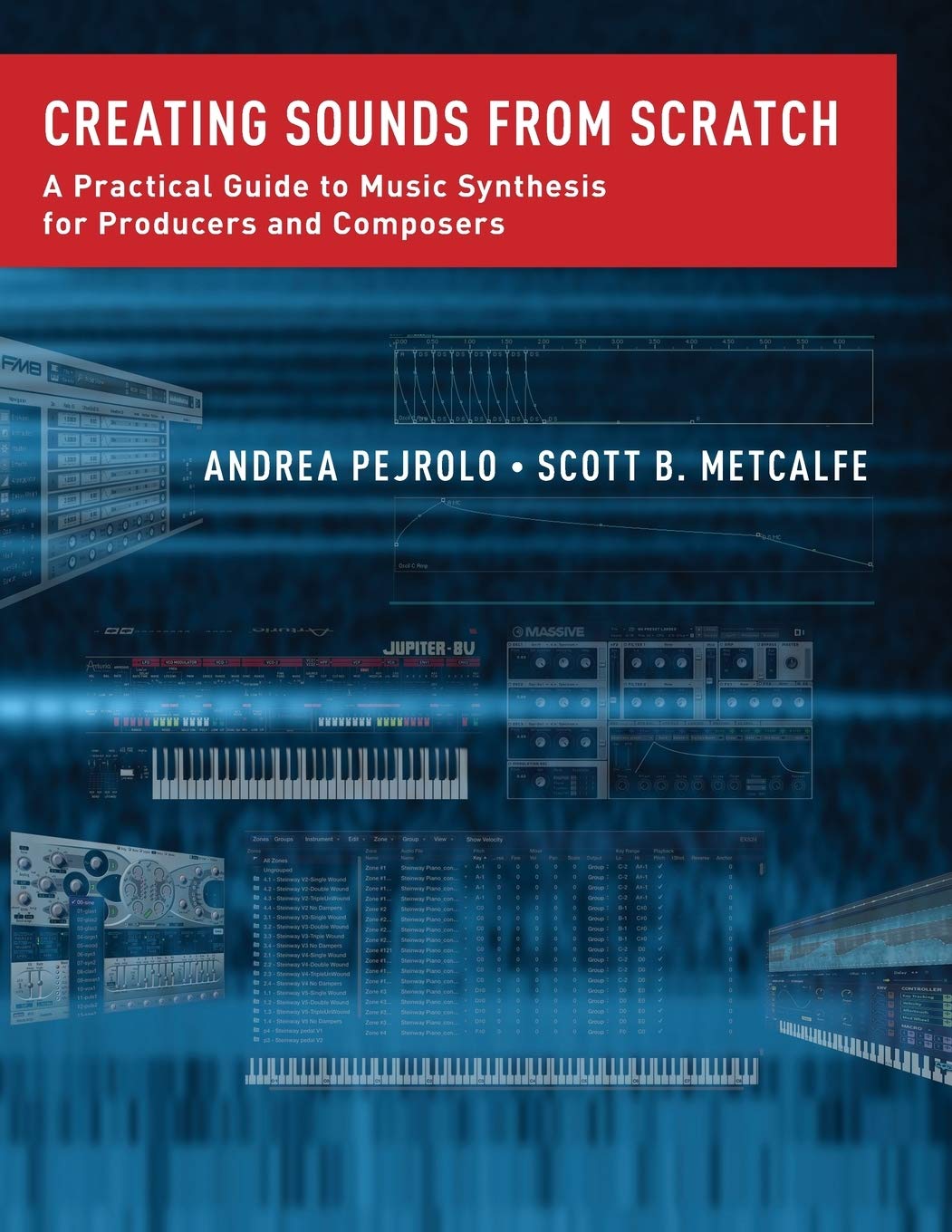
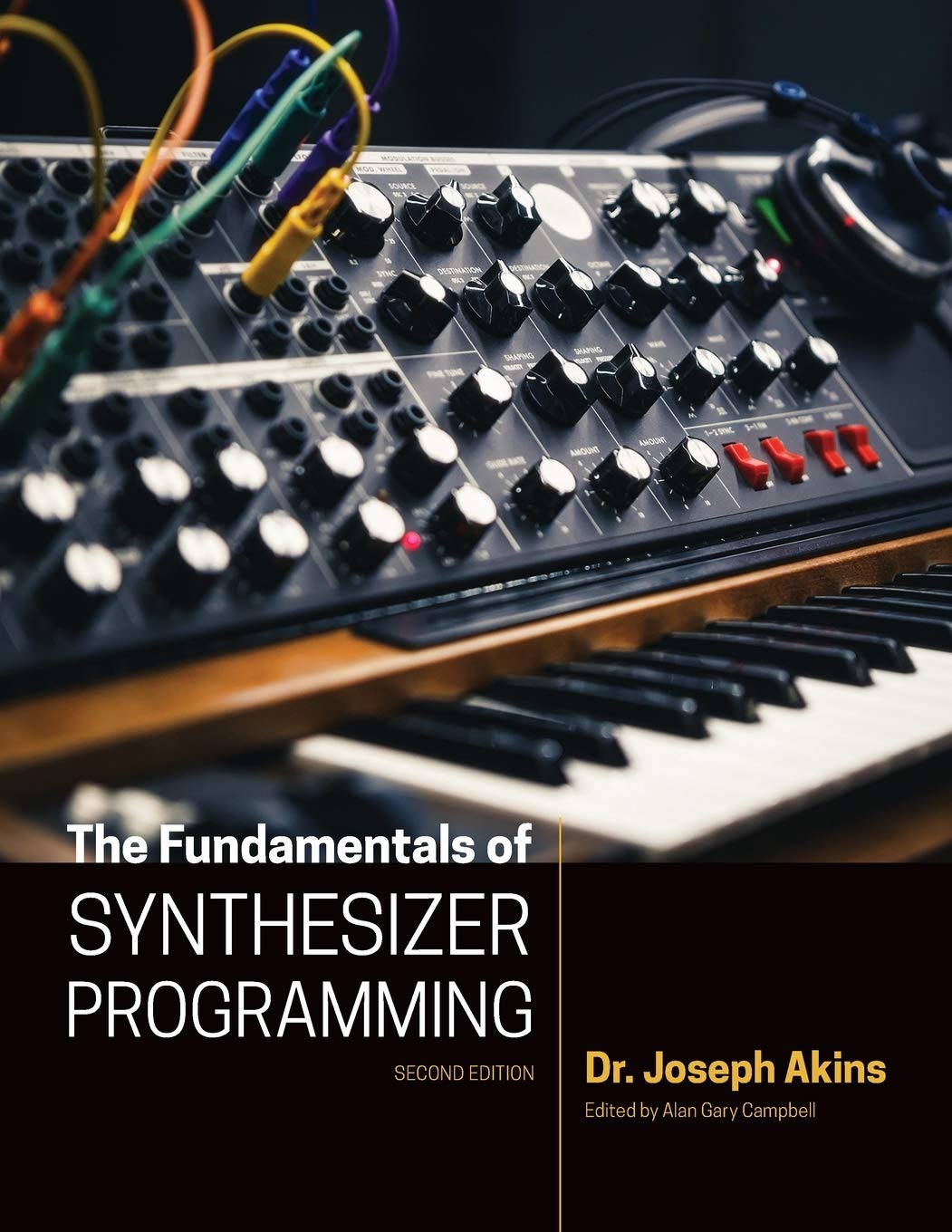

© Matrixsynth - All posts are presented here for informative, historical and educative purposes as applicable within fair use.
MATRIXSYNTH is supported by affiliate links that use cookies to track clickthroughs and sales. See the privacy policy for details.
MATRIXSYNTH - EVERYTHING SYNTH













© Matrixsynth - All posts are presented here for informative, historical and educative purposes as applicable within fair use.
MATRIXSYNTH is supported by affiliate links that use cookies to track clickthroughs and sales. See the privacy policy for details.
MATRIXSYNTH - EVERYTHING SYNTH















